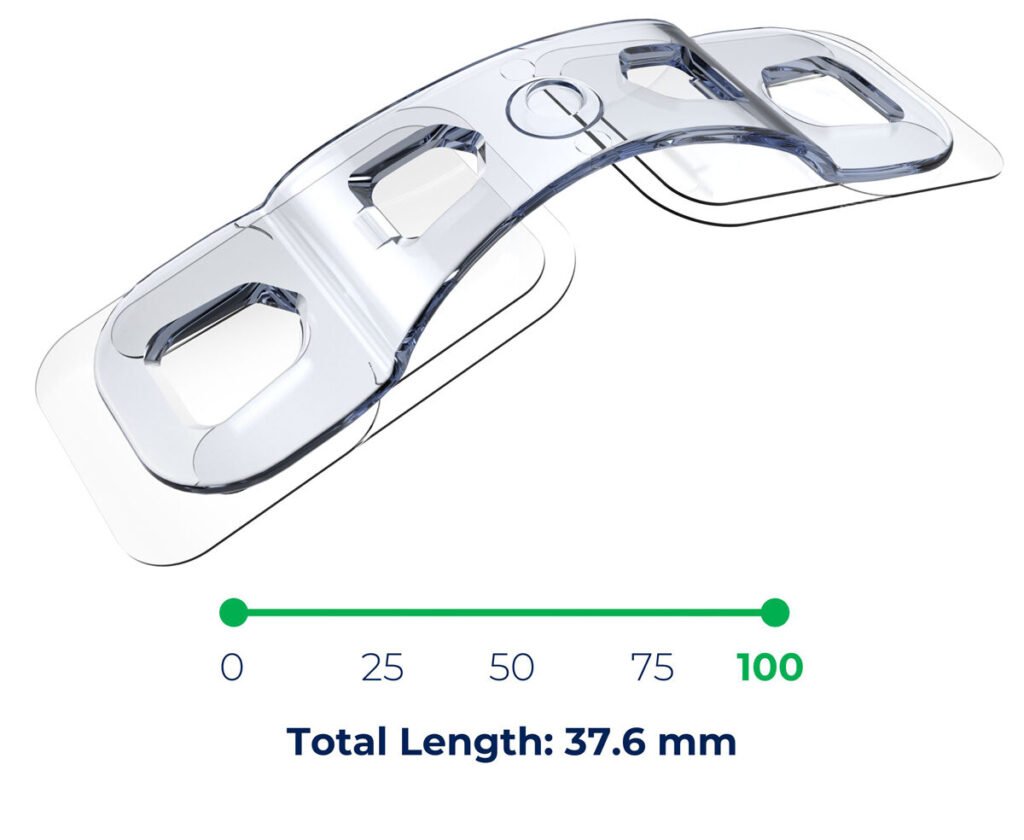How to Minimize Scarring After Plastic Surgery
How to minimize scarring post plastic surgery
A great question that many patients have is “what do you do during surgery, and what can I do after surgery, to minimize scarring?” Any time an incision is made in surgery, it will result in a scar. However, with certain techniques in surgery as well as scare care after surgery, scarring can be minimized.
What we do during surgery
When closing a surgical incision with sutures, I evert the edges of the scar, or make the edges a bit heaped up. As the scar heals, it contracts and flattens, and the heaped-up edges smooth out. If the scar was not everted, there is a risk of the scar widening as it heals.
Tension on incisions is one contributing factor for poor scar formation. Brijjits are a new technology that I use in surgery to decrease tension on scars. I place Brijjits (pictured below) on incisions where there is high tension. The Brijjits stay on for 3-4 weeks (you can shower with them on!) and have been shown to decrease wound breakdown and improve scarring.
Brijjit BP-100
Brijjit technology is proven to have a 90% reduction in wound breakdown.
What you can do after surgery:
It takes a full year for scars to mature after surgery. The phases of wound healing are: inflammation (days 1-6), proliferation (day 4-wk 3), maturation/remodeling (wk 3 – 1 year).
Use silicone gel/cream or silicone gel sheets on your scars, after the skin has healed (~2-3 weeks after surgery). Silicone hydrates scars, which reduces inflammation and helps with good scar formation.
Wear sunscreen! SPF prevents scars from getting red and thick.
Scar massage and compression have also been shown to improve scarring
Additional Scar-reduction Interventions
We offer the following at Meridian Plastic Surgery to improve scarring:
Microneedling: a treatment done in the early post-operative period that stimulates collagen and helps to remodel scars.
Corticosteroid and 5-fluorouricil injections to help with hypertrophic scarring or keloids.


